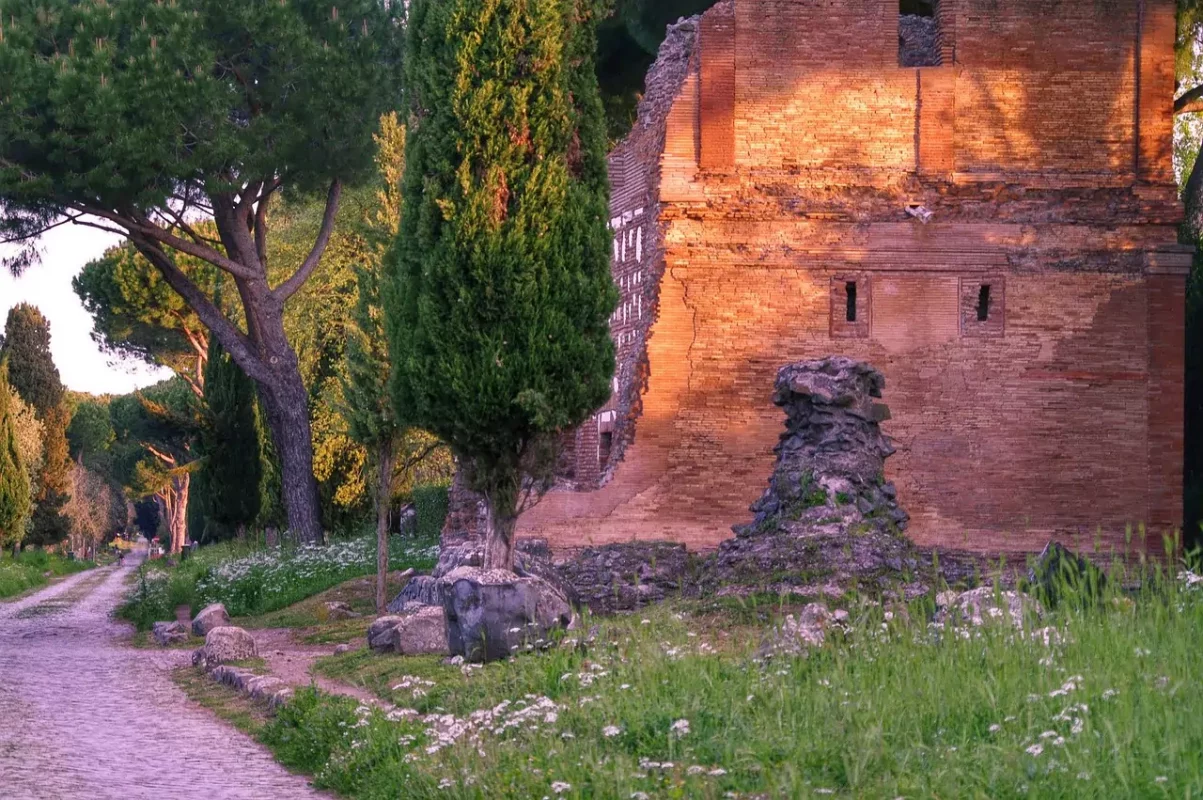The 650-kilometre-long Via Appia has been granted UNESCO World Heritage status during the World Heritage Committee’s latest meeting in New Delhi, making Italy the nation with the most UNESCO sites to date.
The Via Appia was constructed by the Romans during the 4th century BCE and was formally inaugurated by Appius Claudius Caecus, a Roman statesman, in 312BCE. It began as a road connecting Rome with Capua, but was gradually extended over the years to reach cities such as Benevento, Venosa, Taranto and Brindisi.
It stands as a remarkable feat of civil engineering and is one of the Roman Empire’s most enduring monuments. It became the blueprint for road building in the Empire and set the precedent for subsequent public byways built by the Romans.
Over the centuries and millennia that have followed, it has served various purposes, from a major trade and cultural exchange route to an essential military route.
See more: Exploring the history, culture and culinary traditions of the Principality of Seborga
The official recognition of the Via Appia as a UNESCO World Heritage Site brings Italy’s number of such sites and monuments to 60 – the most of any nation in the world.
Italy’s Ministry of Culture played a crucial role in getting the Via Appia included on the prestigious list, handling the paperwork and documentation necessary for the application.
Italian Culture Minister Gennaro Sangiuliano said of the news, “UNESCO has grasped the exceptional universal value of an extraordinary engineering work that over the centuries has been essential for trade, social and cultural exchanges with the Mediterranean and the East.”
Other sites that were also welcomed into the UNESCO World Heritage Site fold at the meeting in New Delhi included: the Ensemble Schwerin residence in Germany; Niah National Park in Malaysia; the archaeological area of Al-Faw in Saudi Arabia; Constantin Brâncuși’s sculptural ensemble in Târgu Jiu and the Frontiers of the Roman Empire in Dacia, both in Romania.
Read related:
Monaco Life is produced by real multi-media journalists writing original content. See more in our free newsletter, follow our Podcasts on Spotify, and check us out on Threads, Facebook, Instagram, LinkedIn and Tik Tok.
Photo source: Dolcevia, Pixabay
